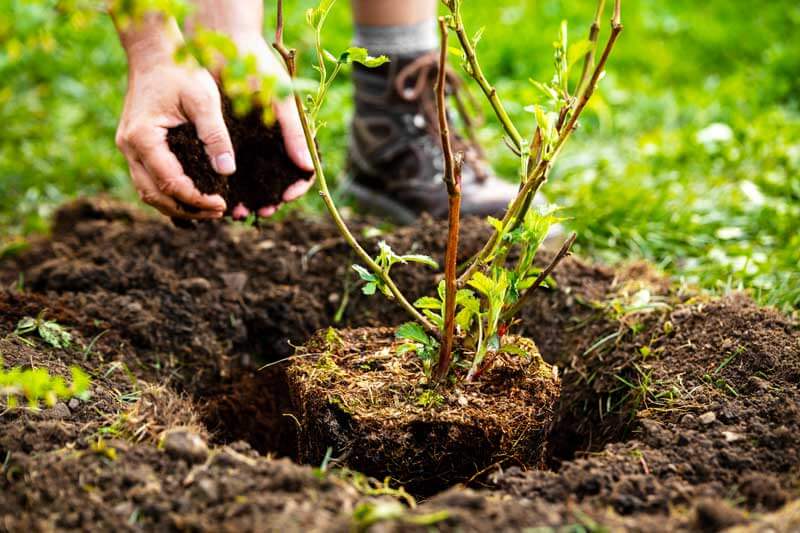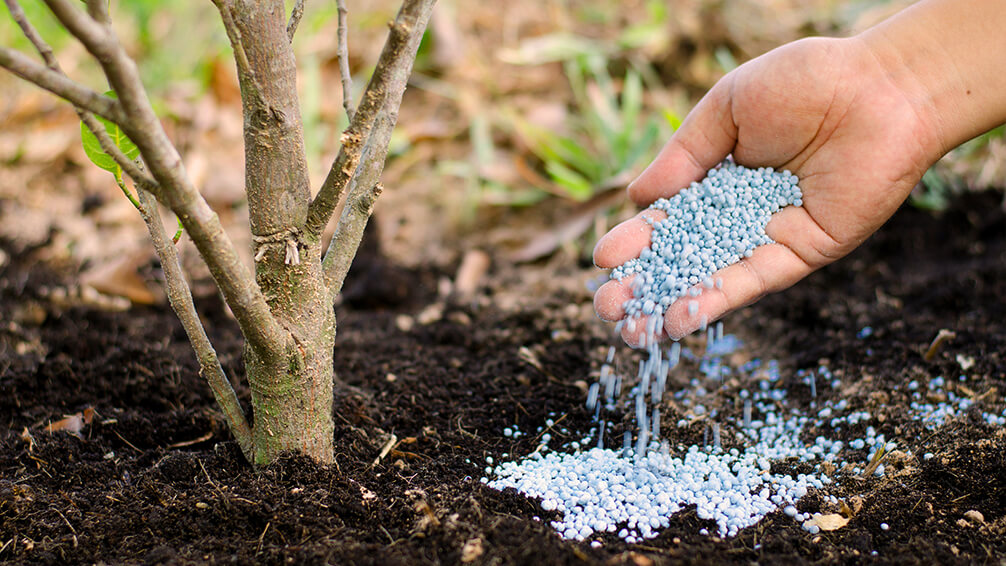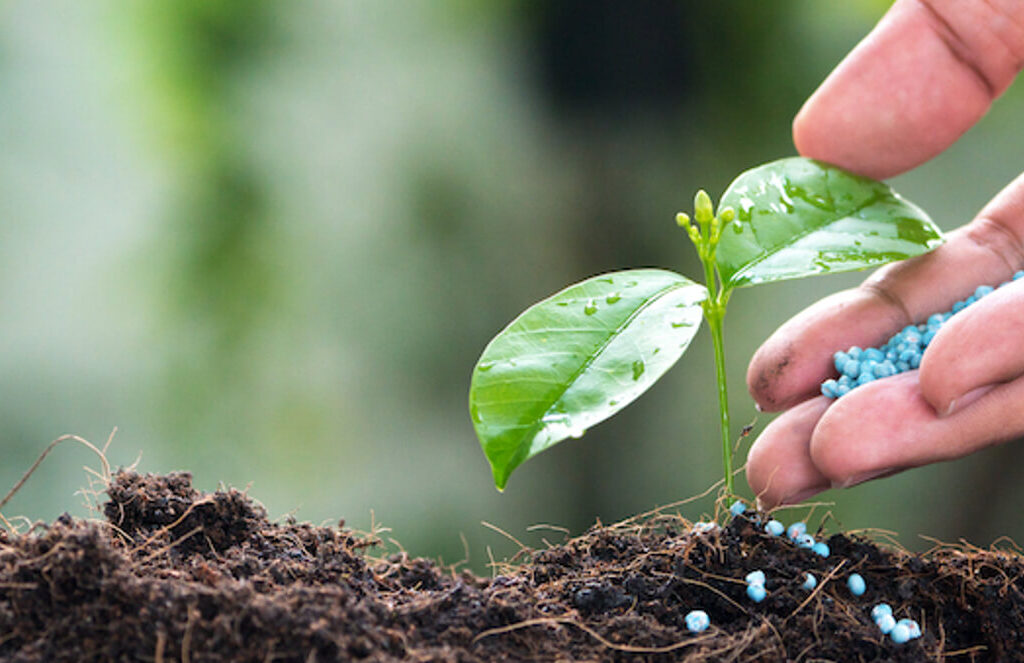The Ultimate Guide to Tree Planting Fertilizer
Introduction
Planting a tree is a commitment to a greener tomorrow. Trees take years, sometimes decades, to reach their full potential, and how well you care for them in the early stages can make all the difference. Fertilizer is a key player in this process, ensuring your trees get the nutrients they need to grow strong roots, healthy leaves, and, if applicable, delicious fruit.
But with so many types of fertilizers on the market, how do you choose the right one? And when and how should you apply it? This guide will answer all these questions and more, helping you become a pro at tree fertilization.

Understanding Tree Nutrition
Basic Nutrient Needs of Trees
Just like any other plant, trees require a balanced diet of nutrients to grow and thrive. These nutrients fall into two categories: macronutrients and micronutrients.
Essential nutrients needed in greater quantities include nitrogen (N), phosphorus (P), and potassium (K). Nitrogen is crucial for leaf growth, phosphorus supports root development, and potassium helps with overall health and disease resistance.
Micronutrients: These are needed in smaller amounts but are still vital. They include elements like iron, manganese, and zinc.
Role of Macronutrients and Micronutrients
Each nutrient plays a specific role in the tree’s development. For example, nitrogen is essential for producing chlorophyll, which is necessary for photosynthesis. Without enough nitrogen, trees may have yellowing leaves and stunted growth.
Signs of Nutrient Deficiency in Trees
Identifying nutrient deficiencies in trees can be tricky, but there are some telltale signs:
Nitrogen deficiency causes older leaves to turn yellow and hampers growth. Phosphorus deficiency leads to dark green or purplish leaves and weak root development. Potassium deficiency: Browning or scorching of leaf edges, weak branches.
Types of Fertilizers for Trees
Organic vs. Inorganic Fertilizers
When choosing a fertilizer, one of the first decisions you’ll need to make is whether to go organic or inorganic.
Organic Fertilizers: These are made from natural materials like compost, manure, or bone meal. They release nutrients slowly and improve soil structure, but they can be less predictable in their nutrient content.
Inorganic Fertilizers: These are manufactured chemical fertilizers that provide nutrients in a more readily available form. They’re usually labeled with an N-P-K ratio, indicating the percentage of nitrogen, phosphorus, and potassium they contain.
Slow-Release vs. Quick-Release Fertilizers
Slow-Release Fertilizers: These are designed to release nutrients gradually over time. They’re great for long-term feeding and reduce the risk of over-fertilization.
Quick-Release Fertilizers: These provide nutrients immediately, which can be beneficial for trees that are showing signs of nutrient deficiency. However, they need to be applied more frequently.

Specialized Tree Fertilizers
Some fertilizers are specifically formulated for trees. These often include a mix of macronutrients and micronutrients tailored to the needs of woody plants. For fruit trees, you might find fertilizers that also include additional elements like calcium, which helps prevent fruit disorders.
When to Fertilize Trees
Best Time of Year to Fertilize
The best time to fertilize trees is typically in the early spring, just before the growing season begins. This gives the tree a nutrient boost as it comes out of dormancy. Some trees may also benefit from a second application in the late fall, just before the ground freezes.
Understanding Tree Growth Cycles
Trees have different growth phases throughout the year. Understanding these cycles can help you determine the best times to apply fertilizer:
Dormant Phase (Winter): Trees are not actively growing and require little to no fertilization.
Growth Phase (Spring/Summer): This is when trees need the most nutrients to support new growth and development.
Preparation Phase (Fall): Trees start to prepare for winter, and fertilizing at this time can help them store nutrients for the coming dormant period.
How Often to Fertilize Trees
How often you should fertilize your trees depends on several factors, including the type of tree, the soil condition, and the type of fertilizer used. Typically, trees see advantages from fertilizing once or twice annually. Over-fertilizing can harm the tree and the surrounding environment.
How to Choose the Right Fertilizer
Soil Testing and Analysis
Before choosing a fertilizer, it’s a good idea to test your soil. Soil testing will tell you the pH level and nutrient content, helping you select a fertilizer that will correct any deficiencies.
Reading Fertilizer Labels
Fertilizer labels can be confusing, but understanding them is crucial. Look for the N-P-K ratio, which indicates the percentages of nitrogen, phosphorus, and potassium. For example, a 10-10-10 fertilizer has 10% nitrogen, 10% phosphorus, and 10% potassium.
Matching Fertilizer to Tree Species
Different tree species have different nutrient requirements. For example, fruit trees often need more potassium and calcium, while ornamental trees might require more nitrogen for lush foliage. Researching the specific needs of your tree species can help you choose the most effective fertilizer.
How to Apply Fertilizer to Trees
Fertilizing Newly Planted Trees
Newly planted trees are especially sensitive, so it’s important not to overwhelm them with too much fertilizer. Start with a balanced, slow-release fertilizer and apply it sparingly around the root zone.
Fertilizing Established Trees
Established trees have deeper root systems and can handle more fertilizer. Spread the fertilizer evenly around the drip line (the outer edge of the tree’s canopy) and water it in thoroughly.
Application Methods (Soil vs. Foliar)
Soil Application: This is the most common method, where fertilizer is applied directly to the soil. It’s important to spread the fertilizer evenly and avoid piling it up around the trunk.
Foliar Application: In some cases, nutrients can be applied directly to the leaves in the form of a foliar spray. This method is usually used to correct micronutrient deficiencies quickly.
Common Fertilizer Mistakes
Over-Fertilization
Excessive fertilizer use can be as detrimental as insufficient amounts. Over-fertilizing can lead to nutrient burn, where the leaves turn brown and crispy. It can also cause excessive growth that weakens the tree and makes it more susceptible to pests and diseases.
